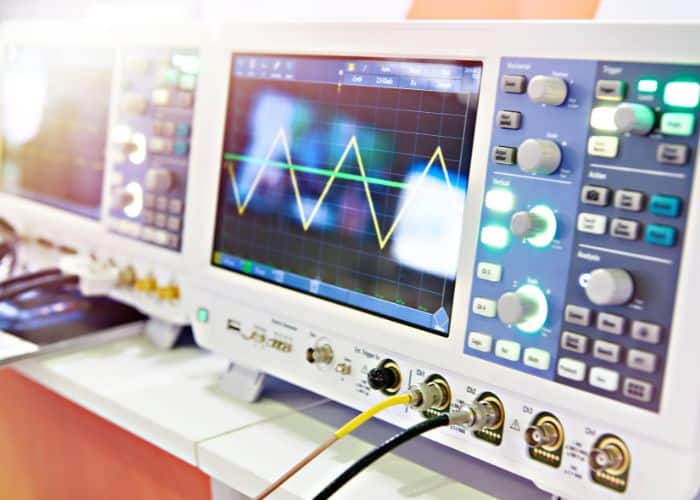If you’re working with electronic circuits and need to measure or test the performance of both digital and analog signals, you probably know about mixed signal oscilloscopes (MSOs). MSOs combine the functionality of traditional oscilloscopes with logic analyzers, making them invaluable tools for engineers and technicians. Read on to discover what to know about using mixed signal oscilloscopes, covering the basics, mixed signal analysis, troubleshooting, and best practices.
Understanding the Basics of Mixed Signal Oscilloscopes
MSOs capture and display both analog and digital signals simultaneously, giving an integrated view of a mixed signal system. They typically include built-in features such as triggering, waveform math, and various analysis tools. One key advantage of MSOs over traditional oscilloscopes is their ability to correlate analog and digital signals, making it easier to identify issues and solve complex problems.
Using MSOs for Mixed Signal Analysis
Whether you are designing, debugging, or testing mixed signal systems, an MSO can greatly aid in the process. You can set up triggers to capture events on both the analog and digital channels, then analyze the displayed waveforms to identify issues. Some common applications for MSOs include power electronics, embedded systems, and communication systems.
Troubleshooting With MSOs
MSOs are ideal for troubleshooting mixed signal systems. To effectively troubleshoot, configure your MSO to capture relevant signals and use features like cursor-based measurements and waveform math to identify discrepancies. For example, mastering timing analysis with MSOs can help you troubleshoot glitches and lags. With the right equipment and understanding, troubleshooting with MSOs can save significant time and effort.
Best Practices and Tips for Using MSOs
To get the most from your MSO, consider these best practices and tips:
- Use proper probes and accessories: Ensure you have the appropriate probes and accessories to accurately capture the signals you are working with.
- Understand your MSO’s capabilities: Familiarize yourself with your MSO’s specifications, limitations, and features to effectively use it in your work.
- Develop proficient triggering techniques: Learn to set up advanced triggers on both analog and digital channels to isolate relevant events for analysis.
- Keep your software up to date: Regularly update your MSO’s software to benefit from the latest features and improvements available.
Understanding what to know about using mixed signal oscilloscopes is key to getting the most out of these versatile tools. By following the guidance, you’ll be well-equipped to tackle the challenges of mixed signal systems.













Leave a Reply